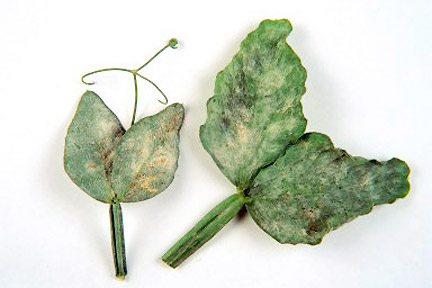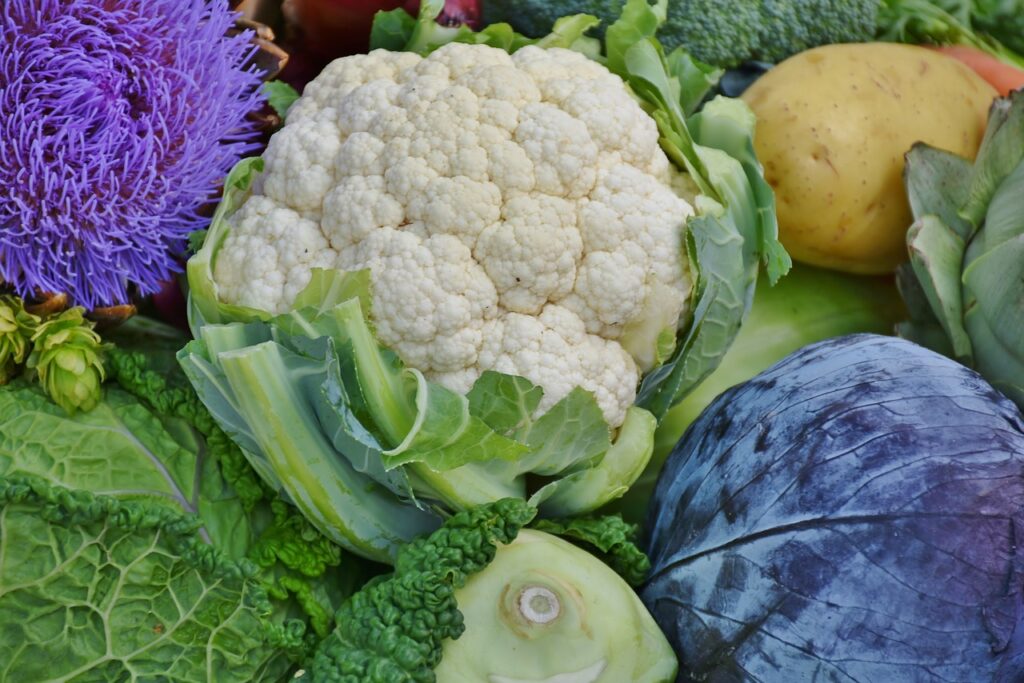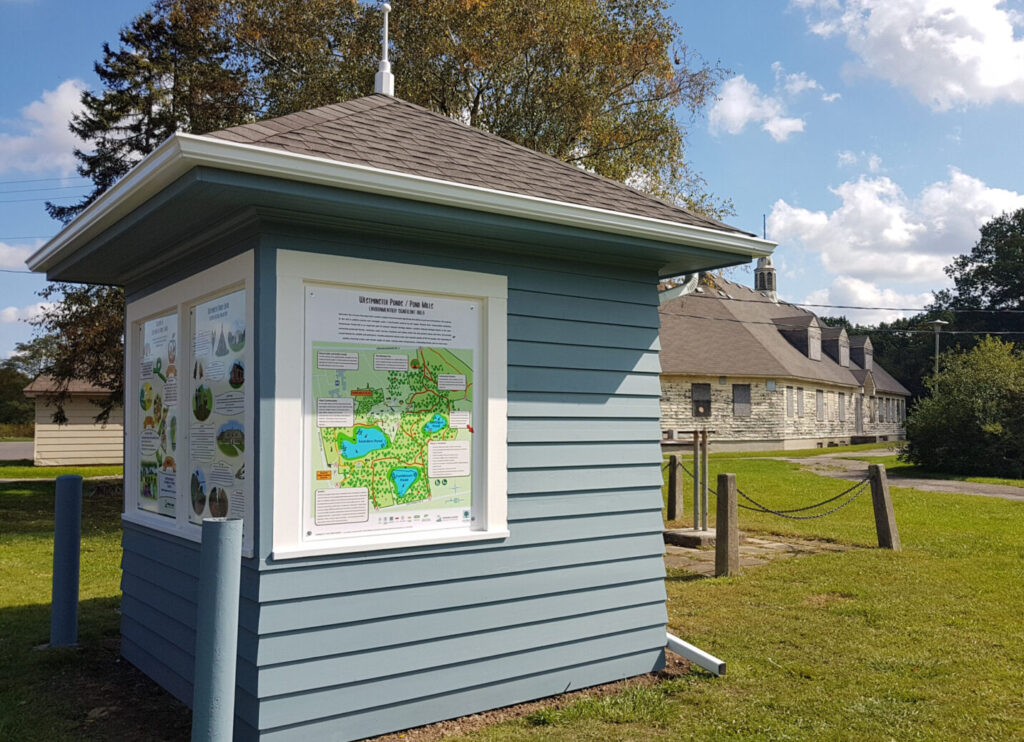
Powdery mildew is a fungal disease that attacks a wide range of plants.
Main symptoms White, dusty coating on leaves, stems and flowers
Powdery mildew is spread by airborne spores that blow onto uninfected plants. The spores germinate on the plant and produce superficial patches (colonies) of greyish-white cottony mycelium and spores on the upper leaf surface, while yellow chlorotic spots appear on the underside of the leaf.
Powdery mildew is favored by conditions that promote lush plant growth:
- relative humidity level between 85 and 100% is optimal for spore germination while periods of dry weather or heavy rain restrict disease development.
- The most favorable conditions for the development of powdery mildew epidemics occur when the temperature is cool and the humidity is high.
Very many common edible and ornamental garden plants are affected including apple, blackcurrant, gooseberry, grapes, crucifers, courgettes, marrows, cucumbers, peas, grasses (the fungi are major pathogens of cereal crops), Acanthus, delphiniums, phlox, many ornamentals in the daisy family, Lonicera (honeysuckle), rhododendrons and azaleas, roses and Quercus robur (English oak).
Powdery mildews usually have narrow host ranges comprising of just a few related plants. For example, the one affecting peas is a different species from the one attacking apples.
Click below to learn more about this common problem and organic treatments.
“Steps you can Take to Prevent Powdery Mildew”





About The Author: Szalich
Rosemarie holds a BSc in Agriculture and is a certified Organic Master Gardener with London Middlesex. She has gardened all her life and created a variety of landscapes and vegetable gardens in several provinces before settling in London Ontario. Currently, she is experimenting with growing vegetables in large raised planters.
More posts by Szalich